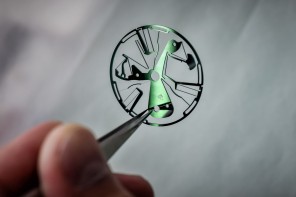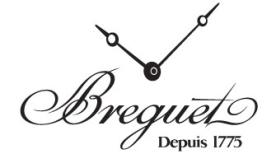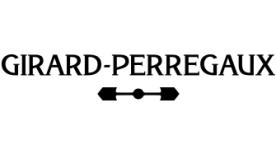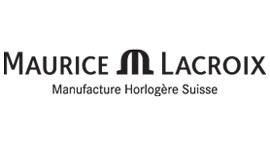Silicon is an extremely common element in the earth’s crust, where it is found in the form of oxides. The pure form (>99%) of silicon dioxide (SiO2) was the catalyst for the electronic and computer revolution from the 1970s to the 1990s. Thanks to its semi-conducting properties, it opened the door to the development of microprocessors. This is the universe in which silicon came of age, before the watch industry began to take an interest, and decided to get in on the act.
In the 2000s, the CSEM laboratory launched a research programme with the aim of exploring the qualities of monocrystalline silicon, which resulted in the registration of a patent in 2002. A consortium of watch brands (Rolex, Patek Philippe and Swatch Group) then became associated with the programme, and secured a licence to manufacture and use these patented silicon technologies in watchmaking applications. At around the same time, in 2001, Ulysse Nardin launched a watch with a silicon escapement, the Freak.
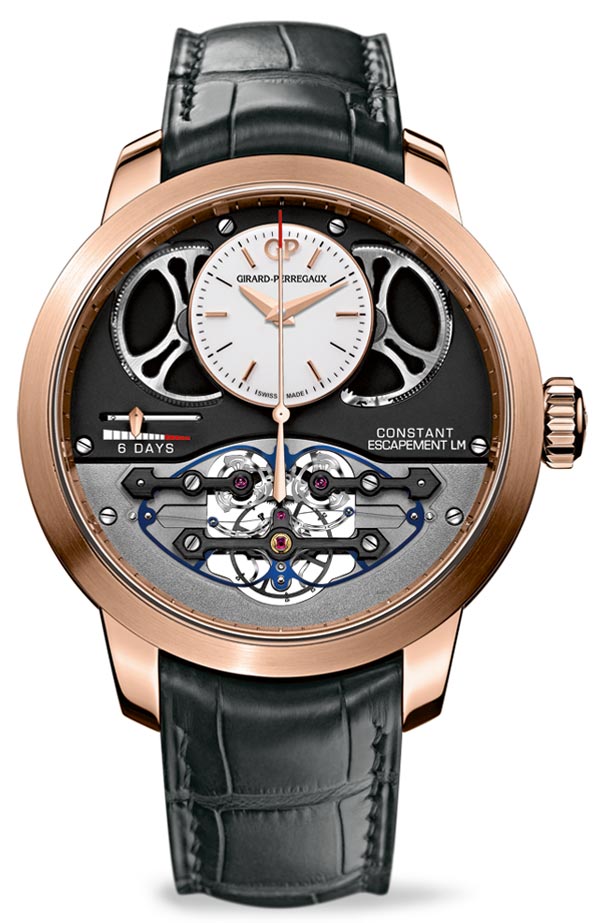
When it is pure enough, and has undergone a fabrication process in a “clean room” very similar to the kind of environment used for micro-processor manufacture, silicon is light, elastic and has shape memory. It is anti-magnetic and corrosion resistant, remains stable when subject to temperature changes, is extremely smooth, and therefore generates very little friction and suffers virtually no wear. For lubrication, all that is required is the ambient humidity of a watch workshop. And finally, it is manufactured via the DRIE process. It can be shaped into whatever form is required, even the most outlandish and improbable, and mass-produced. Its main disadvantage is that it breaks if subjected to stress in the wrong dimension (vertically, for a horizontal piece, for example).
The main application for silicon is in a watch escapement. The balance spring, lever and anchor wheel are the three components that benefit the most from its properties. It is there that issues such as weight, expansion, magnetism and friction are the most significant, and can cause the most damage. Rolex uses silicon for the balance springs of its women’s watches, using the trade name Syloxi. Patek Philippe uses it under the name of Silinvar, primarily for its Spiromax balance springs, but also for the other components in its Advanced Research limited editions, which pioneer the use of innovative components and techniques, some of which are subsequently introduced in its current models.
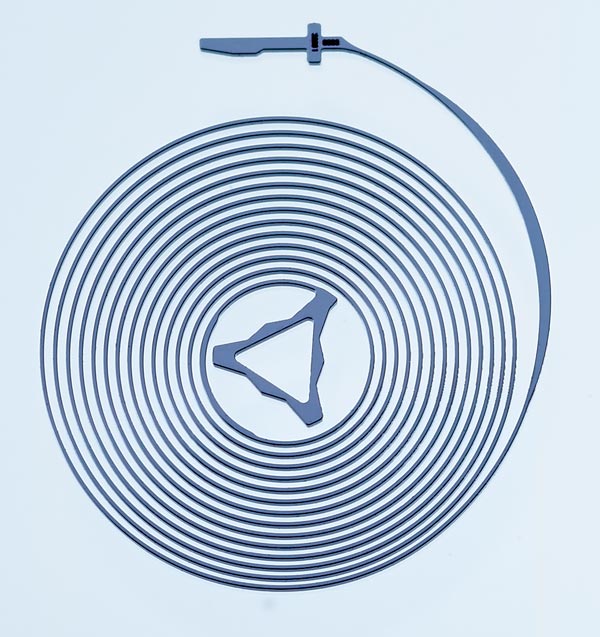
The Swatch Group distributes silicon components to almost all its brands, whatever their price positioning. Breguet uses them – in fact, it was a pioneer – and so does Tissot. Finally, Ulysse Nardin and Sigatec produce escapement components in industrial quantities, which are then supplied to anyone who wants to use them. Ulysse Nardin itself first and foremost, but also other brands that are not members of the above-mentioned club.

The impetus for adoption was primarily technological. Mass production methods had to be created for use in the watch industry. This was translated into simple, flat and generic shapes. After all, a pallet wheel doesn’t need any exotic geometry to work. The same goes for a balance spring, whose spatial characteristics are well known. But there was a second phase, which is still going strong, that turned to the exploration of new shapes.
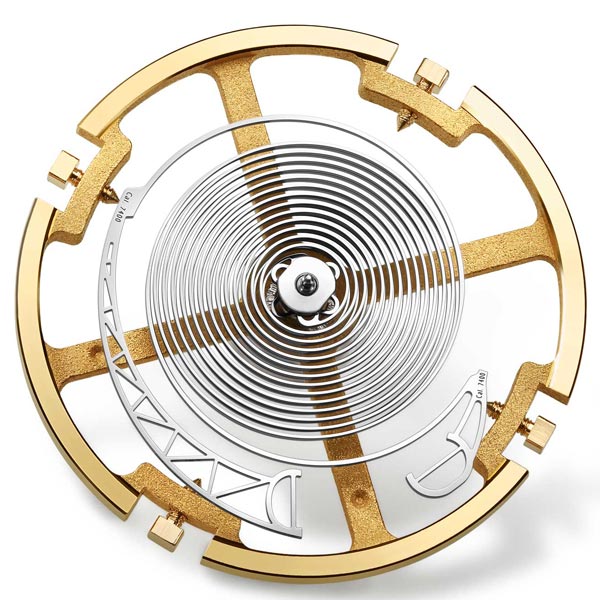
One of the advantages of silicon is that it is easy to prototype. It is made using a process that resembles drawing an outline on a sheet of paper, which makes it easy to simply change the drawing and put it back in the furnace with all the other designs. It is a far cry from the complex design, casting, tempering, shaping and machining of steel alloy, and it’s what makes it possible to play around with silicon, and exploit all its qualities.
This is how we have come to see some incredible, uncategorisable shapes. In 2008, we had Girard-Perregaux and its Constant Escapement, which featured a component in the shape of an extraterrestrial butterfly between the pallet and the anchor wheels, which enhanced energy transmission. The company turned out to be a pioneer in the use of flexible componentry, espousing a principle that has since gained amazing traction in the industry. Ulysse Nardin came next with its Ulysse Anchor Escapement, which had similar benefits but with a more compact geometry.

In 2017, Zenith benefited from the joint research of the CSEM and TAG Heuer, culminating in the introduction of the Zenith Defy Lab. Here, the silicon component isn’t merely functional, it’s also demonstrative. Because of the many roles it has to play, it occupies almost the whole surface of the dial. This system uses a single piece to perform the functions normally executed by the entire regulating organ, and all at a frequency of 15 Hz.
Silicon has become omnipresent in watches. It is being considered as a replacement for some of the other springs, such as the barrel springs, which could benefit from its easily controlled and durable elasticity. It can be used to create highly complex multidimensional shapes, like the square and cloverleaf-shaped wheels of the Maurice Lacroix Masterpiece Square Wheel. It can also be used to coat metal pieces, thus reducing friction. It can be welded, and coated in monocrystalline diamond. The list goes on, and new applications are continually being found.

